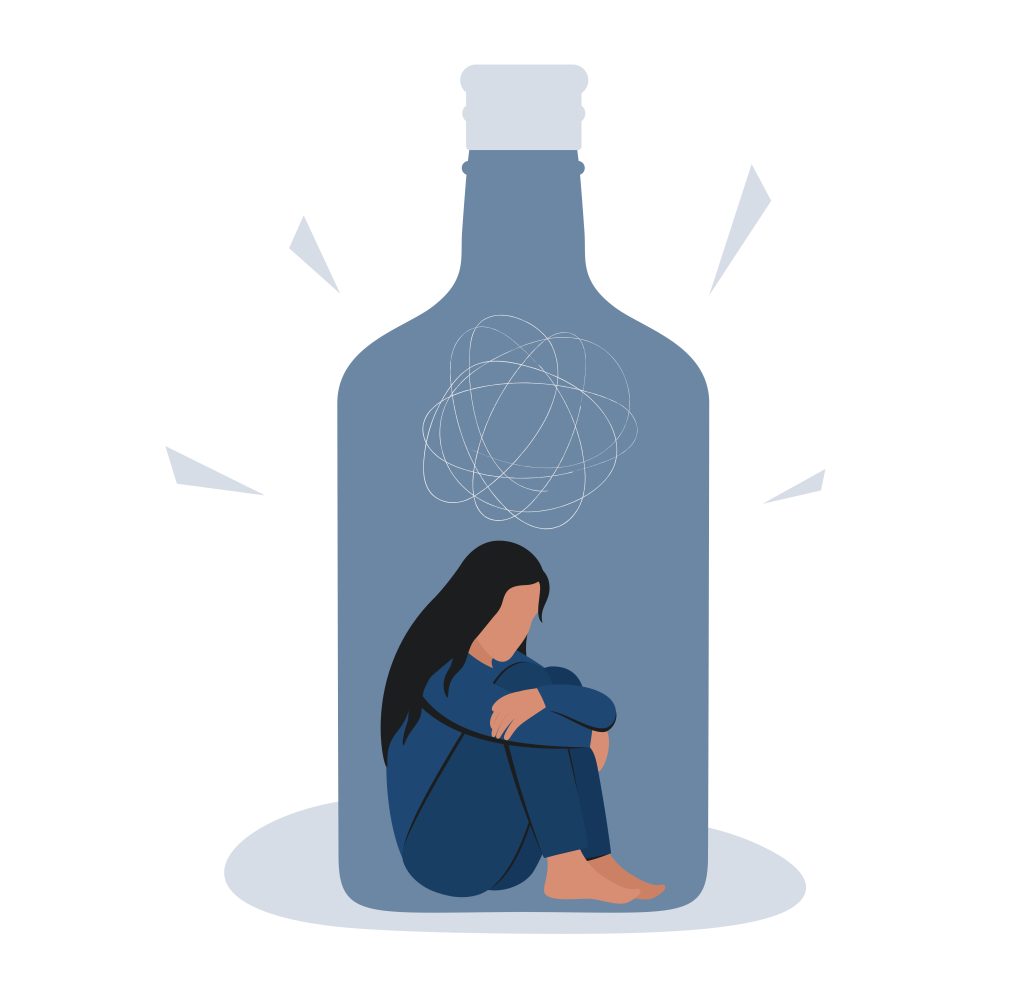The process of quitting or gradual reduction doesn’t have to involve suffering. In fact, a process free of suffering—or with minimal and temporary discomfort—is significantly more effective than one that requires enduring prolonged pain.
While the human brain is incredibly adaptable, it does not adapt well to suffering. Suffering creates resistance and a strong urge to return to the familiar solution that worked before: the addiction. When the journey is filled with suffering, the natural tendency is to avoid the process altogether or abandon it midway.

In contrast, a gradual and structured process that minimizes suffering allows individuals to face each step with greater resilience. Temporary discomfort is easier to handle when it is clear that it’s part of a short, manageable phase and that there’s an end in sight. Over time, this approach helps the brain adjust to new habits. Each successful period of abstinence strengthens the person’s self-control, making future challenges less daunting.
By following a gradual reduction plan free of overwhelming suffering, the process feels positive and encouraging rather than punishing. This fosters steady progress and builds a sense of accomplishment, as the individual sees tangible results without enduring significant pain.
In summary, the process of quitting or reducing does not have to involve suffering. The more manageable and comfortable the process, the faster the brain adapts, leading to better, long-lasting outcomes.
